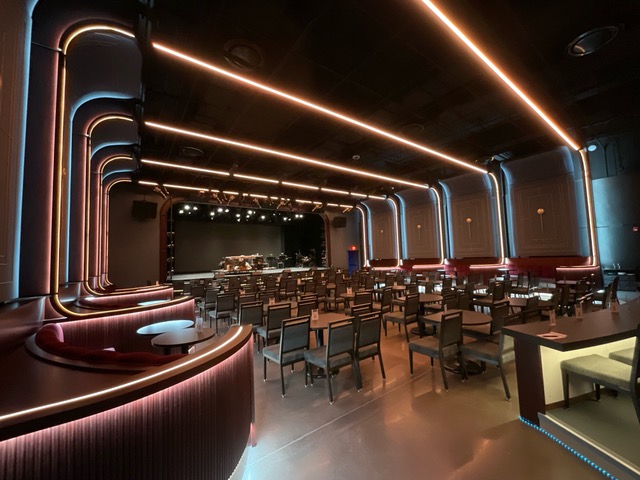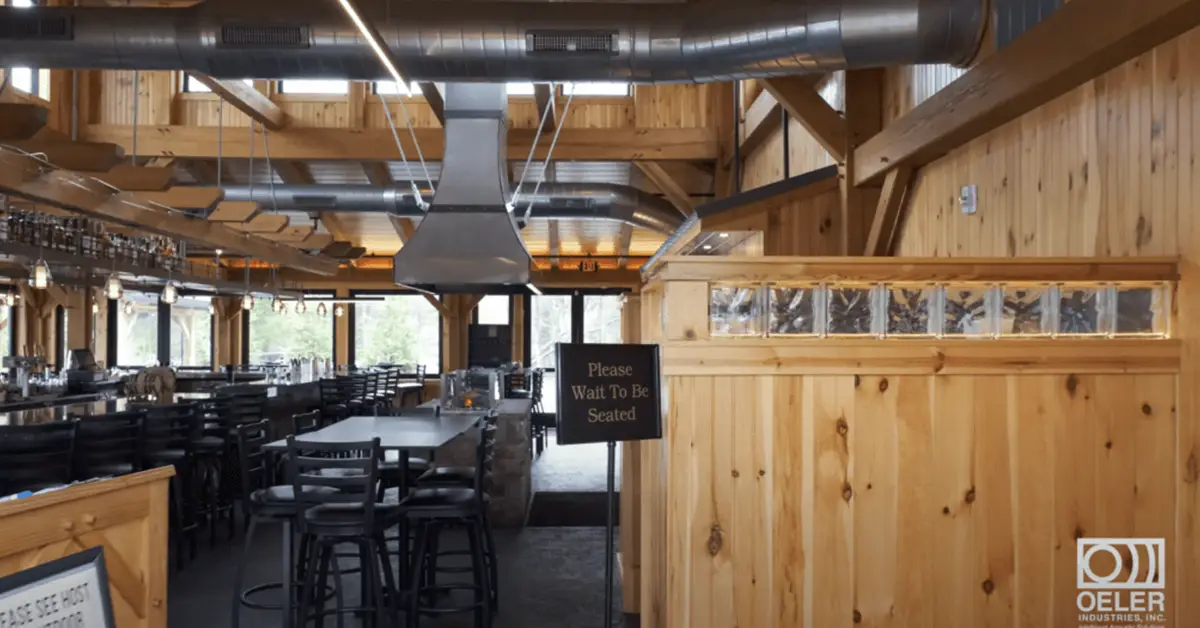X

Sound masking, when properly calibrated, provides the ideal solution to balance speech privacy and comfort.
Sound masking works by producing a unique, digital broadband sound spectrum complimentary to the speech spectrum, that effectively covers speech levels. This scientifically engineered sound is amplified through special individual speakers installed above the dropped ceiling, creating a uniform field of sound ensuring temporal and spatial uniformity.
You can’t operate your business in a space that’s as quiet as a library, or as noisy as a restaurant. You must add a little sound to get the right “signal to sound” ratio. You know what happens when you’re in a library and you move your chair or tap your pen. The same is true in our daily workplaces; we’re surrounded by too many sounds within buildings designed to be quiet. That, in a nutshell, is why most offices are so noisy.
It’s easy to understand why building materials like sound-absorbing wall panels are needed. What’s harder to grasp is why adding sound back into an environment gives you control of sound levels overall. By virtue of this control, you improve the functioning acoustics of a space so your employees can speak without having their conversations understood by others (speech privacy); can better concentrate without distraction (greater productivity); and more. If you’ve ever been interrupted by your co-workers’ conversations, been overly aware that other people can hear your conversation or been distracted by ringing telephones, printers and other machines, you’re a prime candidate for the benefits of sound masking.
Privacy and noise are big issues in open offices. In addition, in healthcare and related service fields, protecting sensitive patient information is not just a top priority, it is the law. The potential for oral disclosure is seen by some to be the most serious of all the risks. The good news: installing a sound masking system is a cost-effective solution.
Sound masking volume should not vary more than +/- 0.5 dB over time or space in order to ensure both speech privacy and comfort.
Sound masking systems should be capable of delivering all frequencies audible to human hearing.
Exceptional sound masking systems have a repeat time of longer than 8 hours.

After a 13-month hiatus, the Greer Cabaret Theater made its return in September 2023 following a $6 million renovation, which included significant improvements to the acoustic environment. The renovation project was a joint effort between DLR Group from Ohio and mossArchitects based in Pittsburgh. DLR Group, leveraging their in-house acoustic specialist, spearheaded the design of […]

As the holiday season is in full swing, businesses set out on a mission to craft unforgettable experiences for customers. With all the festive decorations and sparkling displays, the often-overlooked yet influential element of sound, more specifically the acoustic engineering of the space, has the potential to transform these experiences into cherished memories. Whether in […]

Today, in the tough world of business competition, your brand goes beyond just a logo. When people step into your physical spaces, whether it is a store, office, or restaurant, they enter a carefully curated world that tells your brand’s story. This story goes beyond mere looks – it is about creating a connection that […]
As experts in acoustic design, we can help develop an effective, comfortable, and aesthetically pleasing acoustic solution that helps your organization improve the quality and productivity of time spent in your facility.
Our project managers will work with you to assess your noise control needs. With a keen focus on delivering a turn-key solution, we can help design an acoustic package to solve any noise issue.